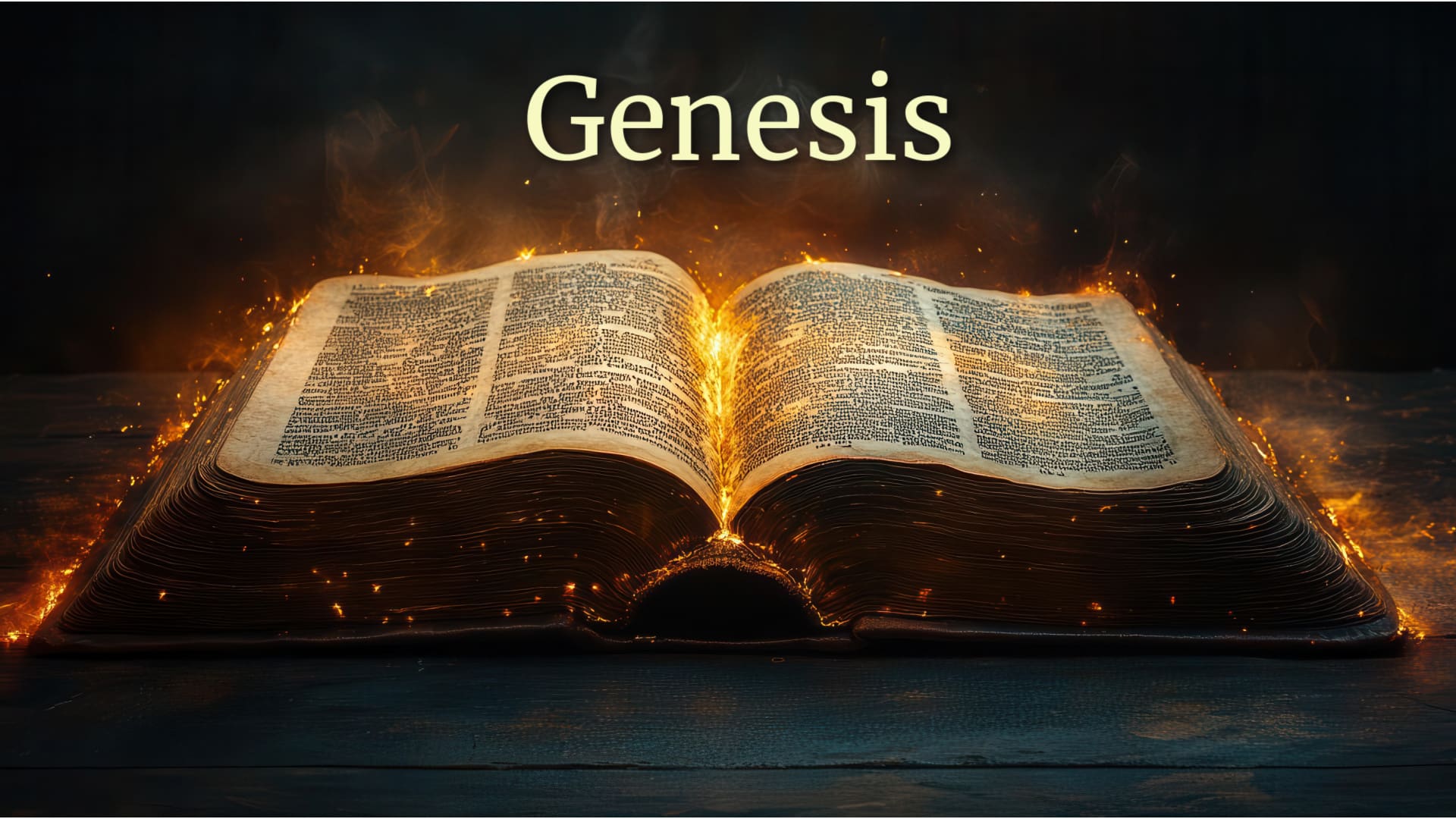
The Garden: The Idea of Sacred Space
And the Lord God planted a garden in Eden, in the East; and there he put the man he had formed (Gen. 2:8).
This grand universe is the cosmic Temple of God! This is the essence of Genesis One. Every inch of it is full of His glory, for He fills all things (Jeremiah 23:23). As huge as it seems to us, it can be any size to God, be it relatively large, or infinitesimally small. With chapter two, however, a whole new dynamic is introduced with regard to space. Although God is everywhere, in Scripture He is always somewhere, be it above the heavens which He infinitely transcends, in “heaven” presiding over angelic spirits, or in a special place on earth. This special place is understood to be sacred space. Originally, this sacred space was the Garden of Eden. A Hebrew under the old Covenant or a Jew in the new covenant could not live without a sense of sacred space. Sacred space speaks of lost origins, and is always traced to the primal garden.
We know that the Garden in Eden had boundaries, probably understood to be a walled-in space like ancient gardens that we know go back into misty pre-history. This means that there was a distinction between outside and inside. Inside was sacred space. Whatever things were like outside the garden; we simply do not know. However, it is perfectly feasible that it was subject to the elements, that there was a cycle of life and death among pre-historic animals, rugged and terrifying in its exposure to the watery deep, formless earth (deserts), and the chaotic struggle of the forces of nature. We certainly know that Adam and Eve’s expulsion from the Garden was not pleasant, vulnerable as they were after the fall. One might object that such a scene does not jive with God’s pronouncement at creation “… it is good.” But this statement does not mean ‘perfect” in the sense of human comfort standards, but good for God’s purposes. Again, these creation stories must be understood functionally.
The Garden in Eden, therefore, is a sacred place where God chose to dwell with humanity in a special way. We might call it the “holy of holies,” or the ‘most holy” place, in God’s cosmic temple. “Holy” means absolutely unique, special, uncommon, blessed, beautiful, pure, deathless, and any other pleasant adjective one can think of. In short, it is what every soul yearns for, which is in itself a proof that it once existed, for it is imprinted on the psyche of every human being as our place of origin.
We do well to meditate long and hard on the features of this Garden described in chapter two. These features we call “motifs.” I use the word “motifs” here as concrete images or phenomena in creation and everyday life which are symbolic of deeper spiritual realities. Motifs, or images are fundamental to our knowledge as Aquinas teaches:
The image is a principle of our knowledge. It is that from which our intellectual activity begins, not as a passing stimulus, but as an enduring foundation – When the imagination is choked, so also is our theological knowledge.
Thomas Aquinas Commentary on Boethius’s De Trinitate
The operative idea here is this: since we know by faith that God created everything that is seen from the unseen (Hebrews 11:3), we can work our way back to the unseen through the seen. The ancients did not do theology like we westerners through logical construction of ideas arranged in neat categories, but by meditating on motifs from nature, and through story, or narrative. Since we are invited into these chapters as guests, we must put aside our cultural bias and humbly approach these narratives as the ancient Hebrews did. This we will do, God willing, in the following posts.
Takeaway: Revelation is written in two volumes, nature and Scripture (Aquinas), and Scripture receives its imagery through nature.
Questions:
- What has been your approach to reading Scripture up to now?
- Are you ready and willing to use your imagination in your study of Scripture?
0 Comments